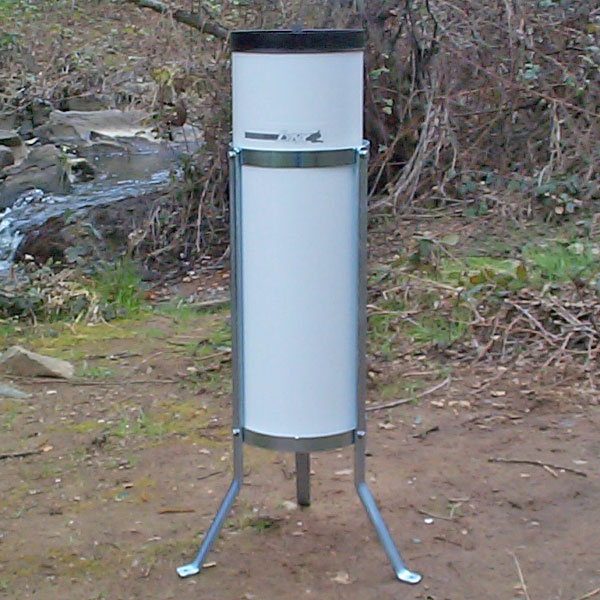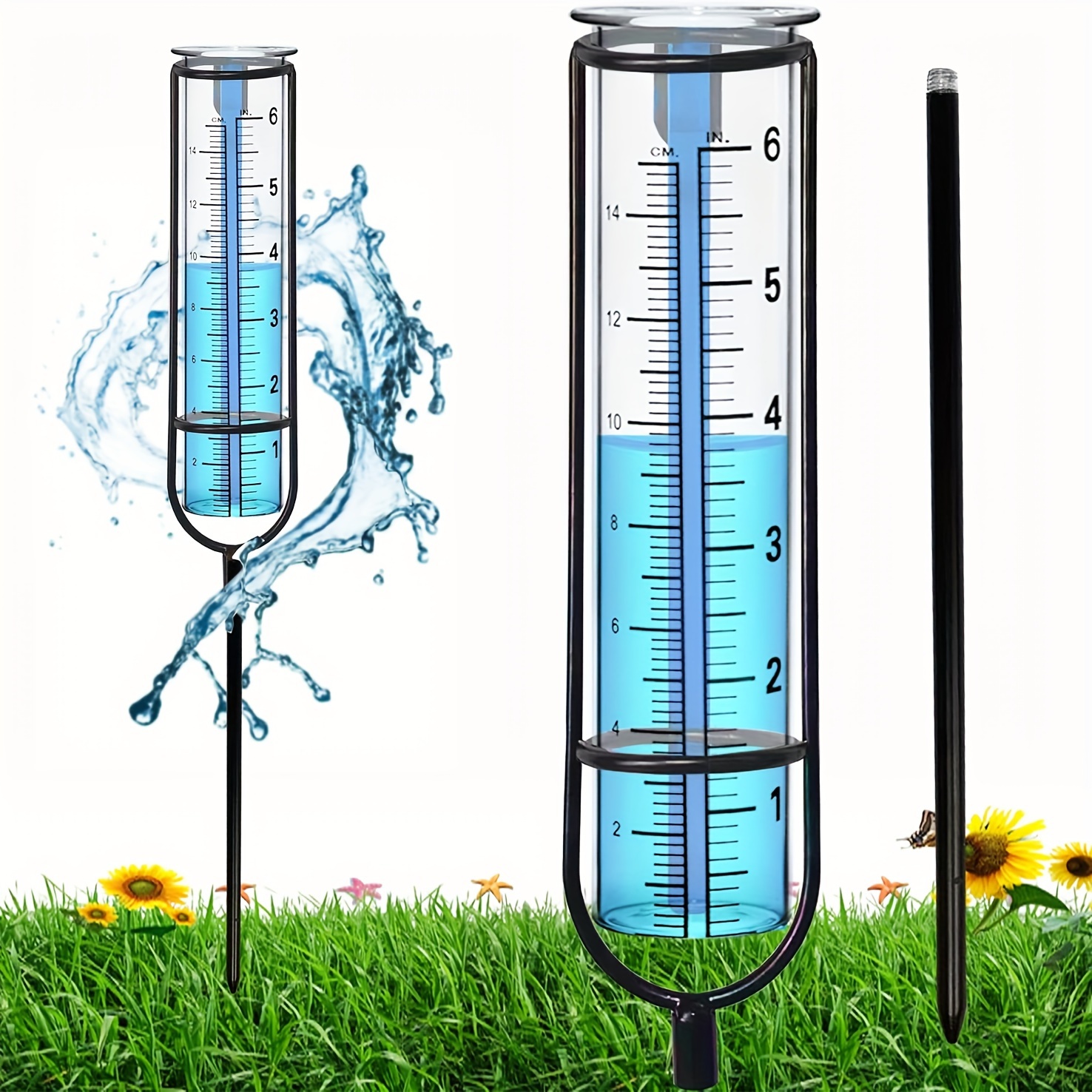Innovative Designs in Rain Gauges: What Makes Them Attract attention
Innovative Designs in Rain Gauges: What Makes Them Attract attention
Blog Article
Introducing the Scientific Research Behind Rain Evaluates: Just How These Tools Play a Crucial Role in Climate Study and Environmental Tracking
Rain determines, seemingly straightforward gadgets, hold a profound relevance in the realm of climate research and ecological surveillance. As we peel back the layers of this scientific shroud surrounding rainfall determines, we discover a globe where accuracy, data precision, and meticulous observation assemble to reveal a much deeper understanding of our altering environment and its influence on the world.
Relevance of Rainfall Scales
Rainfall gauges play an indispensable duty in monitoring and determining rainfall levels, supplying essential data for climate research study and analysis. These tools are basic in measuring the quantity of rainfall that takes place in a specific location over a specific period. By measuring and accumulating rainwater, rainfall evaluates deal important insights into the distribution and strength of precipitation, helping meteorologists, hydrologists, and climatologists in comprehending weather patterns and trends.
Furthermore, long-term information collected from rainfall determines assists in assessing environment modification effects and patterns, contributing substantially to clinical research and decision-making processes. In significance, rainfall evaluates offer as vital tools in the field of meteorology and ecological scientific research, playing a crucial role in advancing our understanding of weather condition and climate dynamics.
Kinds Of Rain Scales

Performance and Operation
In the world of climate study and meteorological researches, the efficiency of rain evaluates lies in their detailed capability and precise operational systems. Rain determines are created to precisely gauge the quantity of precipitation that drops over a particular location throughout a collection period. These gadgets typically include a funnel that accumulates rainwater and channels it into a measuring tube. The gauging tube is noted with adjusted measurements that enable the precise metrology of rainfall.
The functionality of rainfall determines is based upon the concept of gauging and collecting rain in a standard way. This collected information is critical for explanation recognizing local weather condition patterns, tracking long-term climate trends, and examining ecological effects. To guarantee accurate dimensions, rainfall determines demand to be tactically positioned in open locations far from blockages such as buildings or trees that could hinder the collection process.
The operational aspect of rainfall evaluates involves normal maintenance to stop particles accumulation, calibration checks to maintain measurement precision, and information tape-recording for evaluation (rain gauge). On the whole, the capability and procedure of rainfall assesses are essential for collecting trustworthy precipitation information crucial to climate study and ecological tracking
Role in Environment Study
Provided the essential value of accurate rainfall measurements in comprehending climate patterns and environmental impacts, the role of rain gauges in climate study is crucial. Rainfall assesses offer necessary data for climate research by quantifying the quantity of rainfall that tips over a certain location throughout a given period. This data is essential for keeping an eye on long-term fads in rainfall patterns, evaluating the effect of environment adjustment on rains distribution, and improving environment versions.

Climate scientists use data accumulated from rain evaluates to analyze variants in precipitation degrees, recognize regional climate patterns, and assess the performance of water resource monitoring techniques. By comparing historical rainfall data with existing dimensions, scientists can discover shifts in rainfall patterns, such as modifications in the frequency or intensity of rains occasions. This details is important for comprehending how climate modification is affecting precipitation dynamics and can help policymakers make educated decisions pertaining to adjustment and reduction strategies.
Applications in Ecological Tracking

In flooding projecting, rain scale data aids to track rainfall strength and circulation, allowing authorities to release timely warnings and take needed actions to mitigate flooding threats (rain gauge). Dry spell monitoring counts on rainfall gauge information to analyze moisture levels in the soil and track precipitation shortages, helping in the identification of drought-prone locations and the application of drought feedback approaches
Additionally, rainfall gauge information plays an essential role in water resource management by offering information on water availability and use patterns. Additionally, in farming, rain scale information use this link helps farmers in optimizing watering timetables, crop selection, and overall farm monitoring practices based on neighborhood rainfall patterns.
Conclusion
In verdict, rain determines are necessary devices for determining rainfall, giving valuable data for environment research and environmental tracking. With different kinds and capabilities, rain assesses play an important duty in understanding precipitation patterns and their influence on the environment. By precisely gauging rains, these tools contribute to the development of clinical understanding and aid in making informed choices related to water resource management and calamity readiness.
Rain evaluates play a crucial duty in surveillance and determining rainfall levels, giving important data for environment research and evaluation. The conventional rainfall scale, understood as the "tipping container" scale, is one of the most generally used gadgets. Ultrasonic rain determines usage audio waves to find the visibility of rainfall, offering real-time data on precipitation degrees.Climate researchers make use of information collected from rain evaluates to evaluate variants in rainfall degrees, recognize regional climate trends, and review the effectiveness of water source monitoring approaches.In final thought, rainfall evaluates are necessary tools for gauging precipitation, giving important information for climate study and environmental tracking.
Report this page